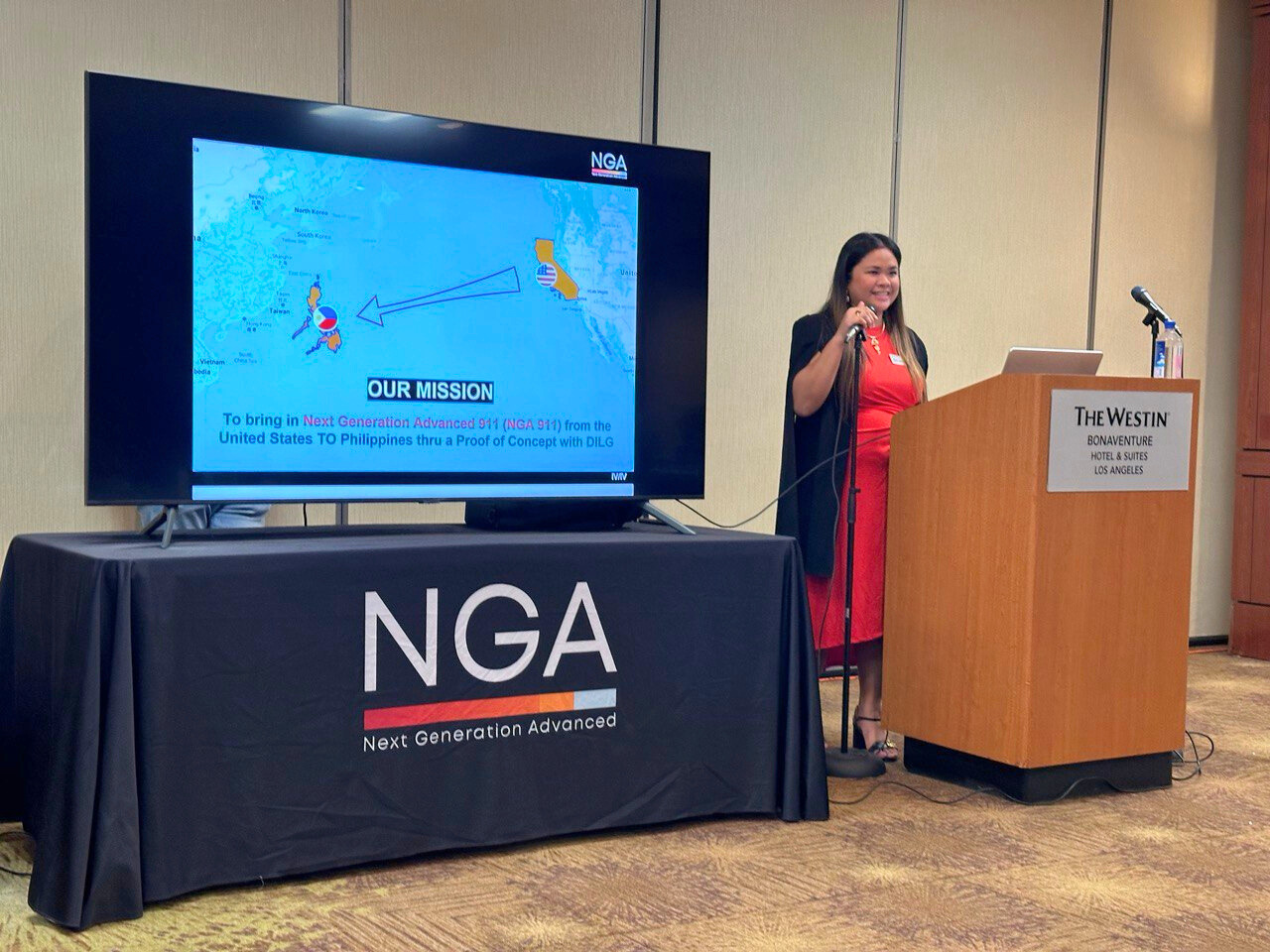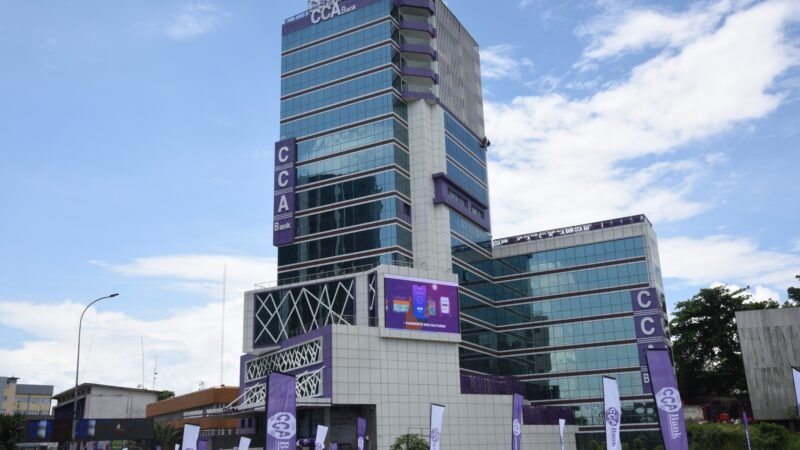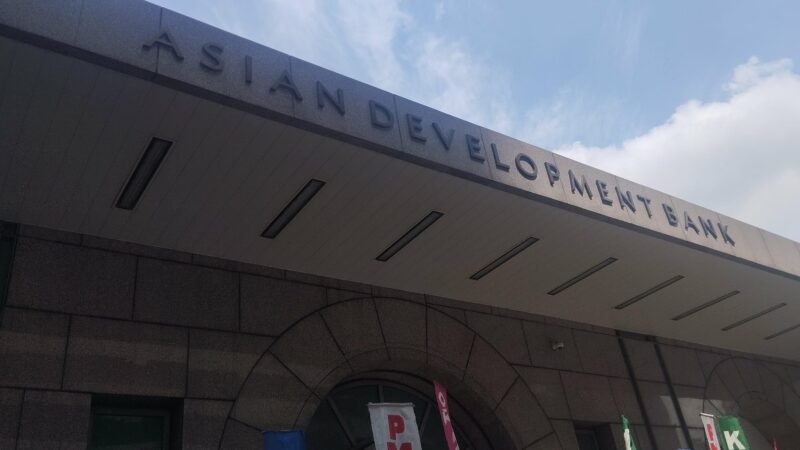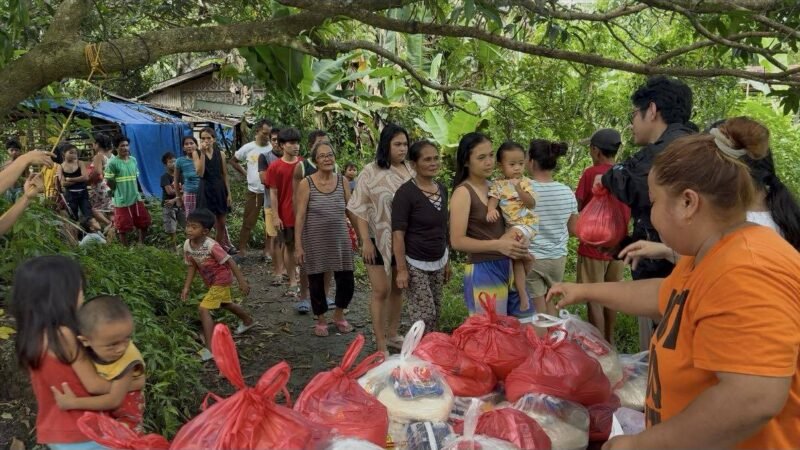Philippines sets ASEAN benchmark with unified nationwide 911 emergency system

The Philippines has become the first country in Southeast Asia to operate a fully unified 911 emergency response system, putting the country ahead of its regional neighbors in deploying next-generation public safety technology.
The Department of the Interior and Local Government (DILG) launched the system on September 11 in partnership with NGA 911, PLDT Enterprise and ePLDT. Officials said the move guarantees faster and more accurate responses to calls for help, no matter where in the country they come from.
DILG reported that on its first day the call center at PLDT’s Sampaloc office handled around 61,000 calls, with an efficiency rate of 94.42 percent. The new system was also able to weed out prank, test and abandoned calls more effectively than before.
Technology boosts emergency response times
The unified 911 replaces more than 30 local hotlines, 200 fire numbers and 700 police lines that previously left the system fragmented. NGA 911 Philippines president Ishka Villacisneros said the upgrade is designed to cut response times from more than an hour to just minutes.
The system allows calls and reports through voice, text and social media, as well as live video feeds from drones and body cameras. Powered by Starlink, it can also trace caller locations even in areas without signal.
Philippines emerges as regional model
Other ASEAN countries including Vietnam, Thailand and Indonesia are already in talks with NGA 911 to replicate the model after seeing its rollout in the Philippines. Villacisneros said the project, first pursued in 2019, had to overcome years of fragmented emergency numbers, pandemic restrictions and funding hurdles before reaching full nationwide deployment.
“This is no longer just a project about catching up,” she said. “The Philippines is now leading, and the region is looking at us as the benchmark.”



